-
NASA tool bag tonight: How to see the dropped space box floating across the sky
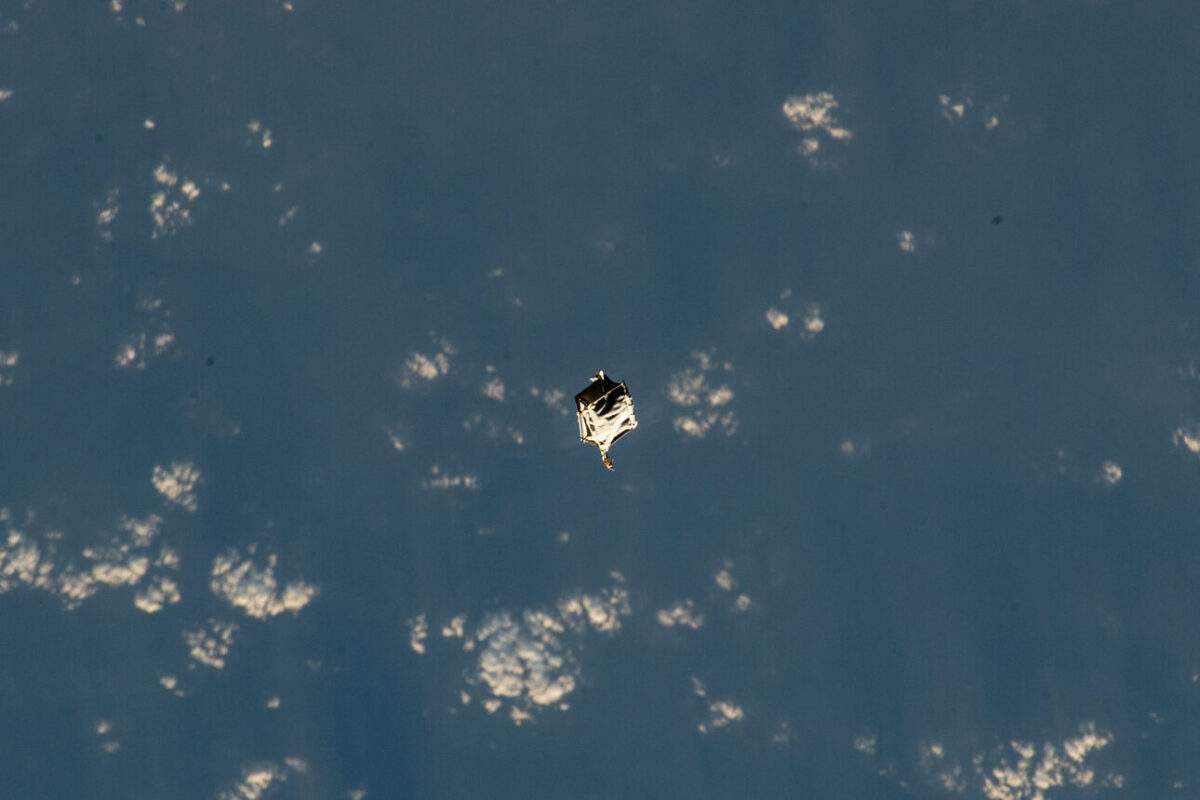
We’ve all been there. You’ve put something down, and now you can’t find it – it’s like it disappeared into thin air. But earlier this month, a NASA tool bag literally did fly off into a vacuum during routine checks aboard the International Space Station (ISS). The tool bag has been orbiting Earth for the…
-
Dwarf galaxies use 10-million-year quiet period to churn out stars
Contact: Morgan Sherburne, [email protected] Images ANN ARBOR—If you look at massive galaxies teeming with stars, you might be forgiven in thinking they are star factories, churning out brilliant balls of gas. But actually, less evolved dwarf galaxies have bigger regions of star factories, with higher rates of star formation. Now, University of Michigan researchers have…
-
Searching for the Dark Universe with UMass Amherst
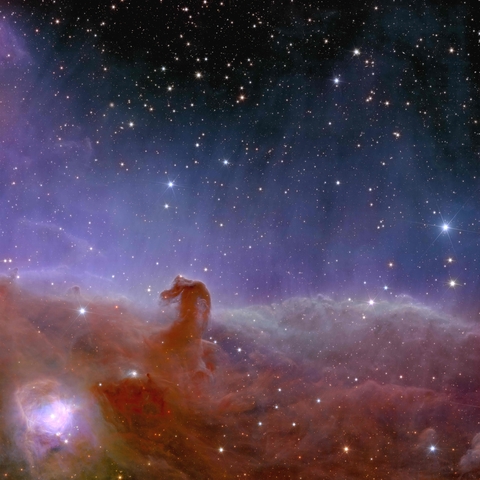
Image Approximately 1375 lightyears away, the Horsehead Nebula is the closest giant star-forming region to Earth. Credit: ESA/Euclid/Euclid Consortium/NASA, image processing by J.-C. Cuillandre (CEA Paris-Saclay), G. Anselmi, CC BY-SA 3.0 IGO Earlier this month, the European Space Agency (ESA) shared the first five images from its Euclid space telescope, currently located 1.5 million km from…
-
Everything we know about ‘Kingdom of the Planet of the Apes’
Brace yourself for ‘Kingdom of the Planet of the Apes,’ the latest movie in the ‘Planet of the Apes’ franchise. Nobody was expecting much from the 2011 reboot of the ‘Planet of the Apes’ series titled ‘Rise of the Planet of the Apes,’ especially after 2001’s dreadful remake. However, it was a big win that…
-
Reaching Further for the Stars | University of Central Florida News
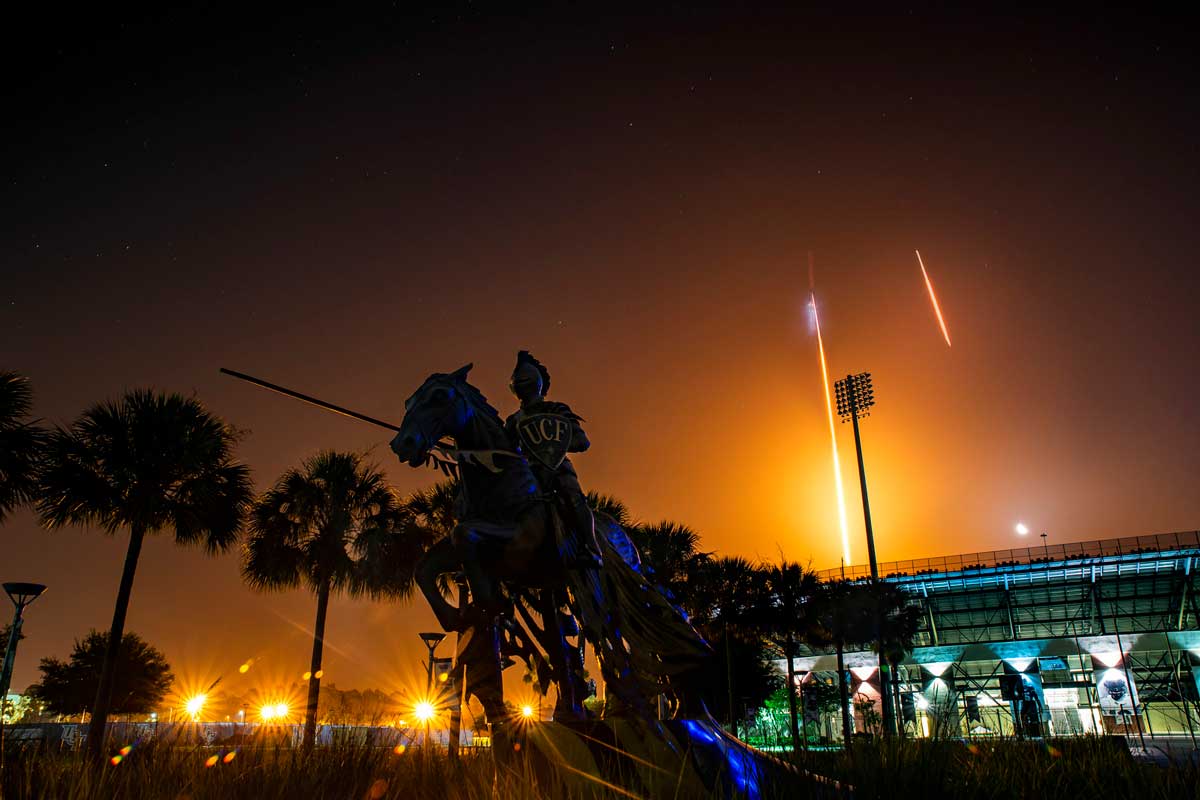
Since its founding in 1963, UCF has had close ties to the space industry. In the early 1990s, UCF professors would go to Kennedy Space Center to teach graduate programs to NASA employees. When NASA’s budgets were cut, UCF proposed to NASA to research nondestructive testing methods so the agency wouldn’t have to destroy rocket…
-
Canadian Space Agency will announce new astronaut assignments today (Nov. 22). Here’s how to watch it live.

Canada is announcing new “astronaut assignments” today (Nov. 22), and you can watch the event live. The Canadian Space Agency (CSA) will host a livestream at 9:30 a.m. EST (1430 GMT) on its YouTube channel and on Facebook, agency officials posted on X (formerly Twitter). The event will be at CSA headquarters near Montreal, Quebec.…
-
A Galaxy Only 350 Million Years Old Had Surprising Amounts of Metal
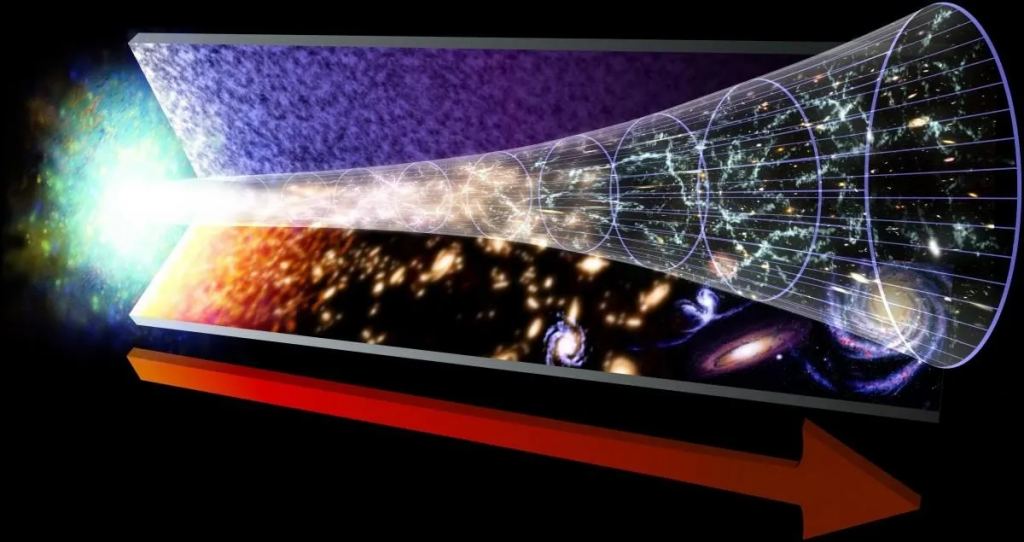
Astrophysicists working with the JWST have found a surprising amount of metal in a galaxy only 350 million years after the Big Bang. How does that fit in with our understanding of the Universe? The origin of the Universe’s first metals is a foundational question in astrophysics. Shortly after the Big Bang, the Universe was…
-
The Morse code in the Pink Floyd song ‘Astronomy Domine’
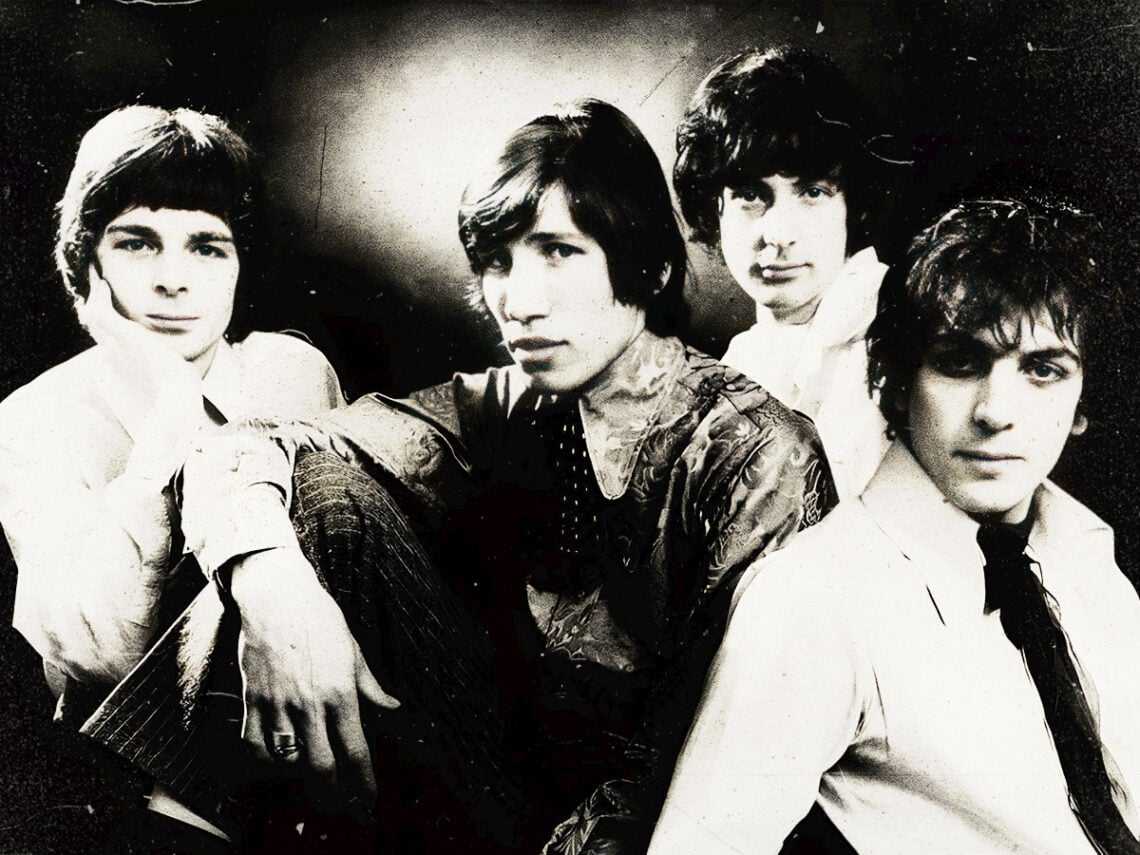
(Credits: Far Out / Alamy) Tue 21 November 2023 19:00, UK Pink Floyd stands as one of the most influential bands in music history. Across their extensive and illustrious career, the group transitioned from the raw psychedelia of their initial era, led by Syd Barrett, to a deep dive into musical and studio experimentation. As…
-
Webb space telescope spies precocious ‘teenage’ galaxies
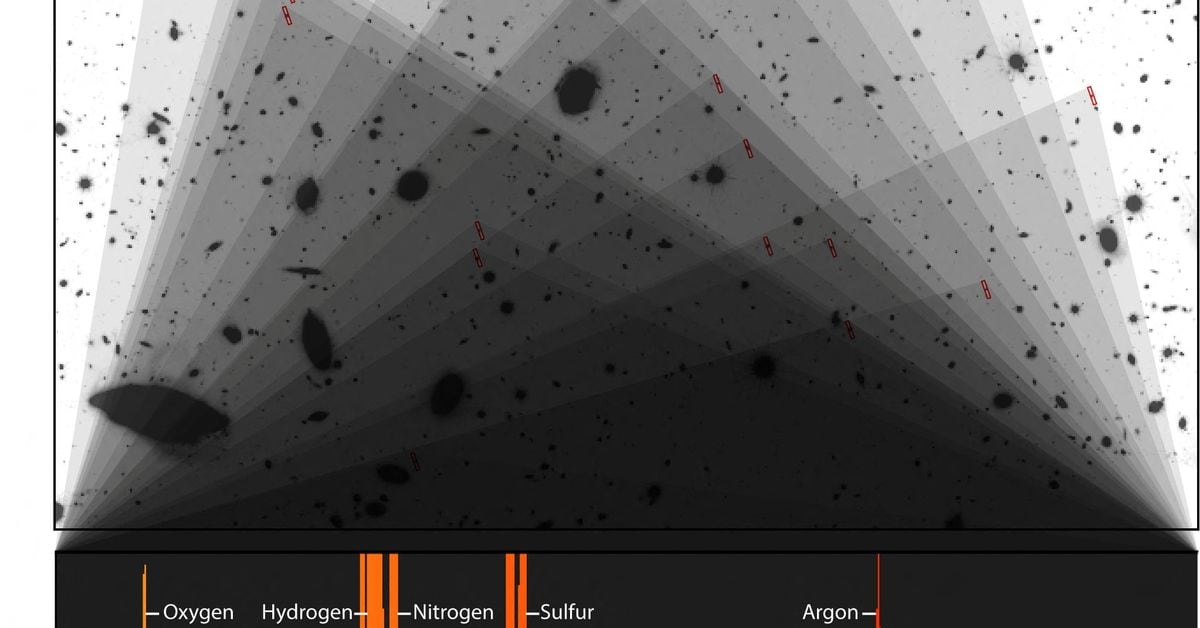
WASHINGTON, Nov 21 (Reuters) – Since becoming operational last year, the James Webb Space Telescope has made groundbreaking observations involving some of the universe’s earliest galaxies. One might call them galactic infants. But Webb has obtained even better data on galaxies a bit further along in development. Astronomers call these the galactic “teenagers.” And, as…
-
Bethany Theiling: Researching Oceans on Earth and Beyond
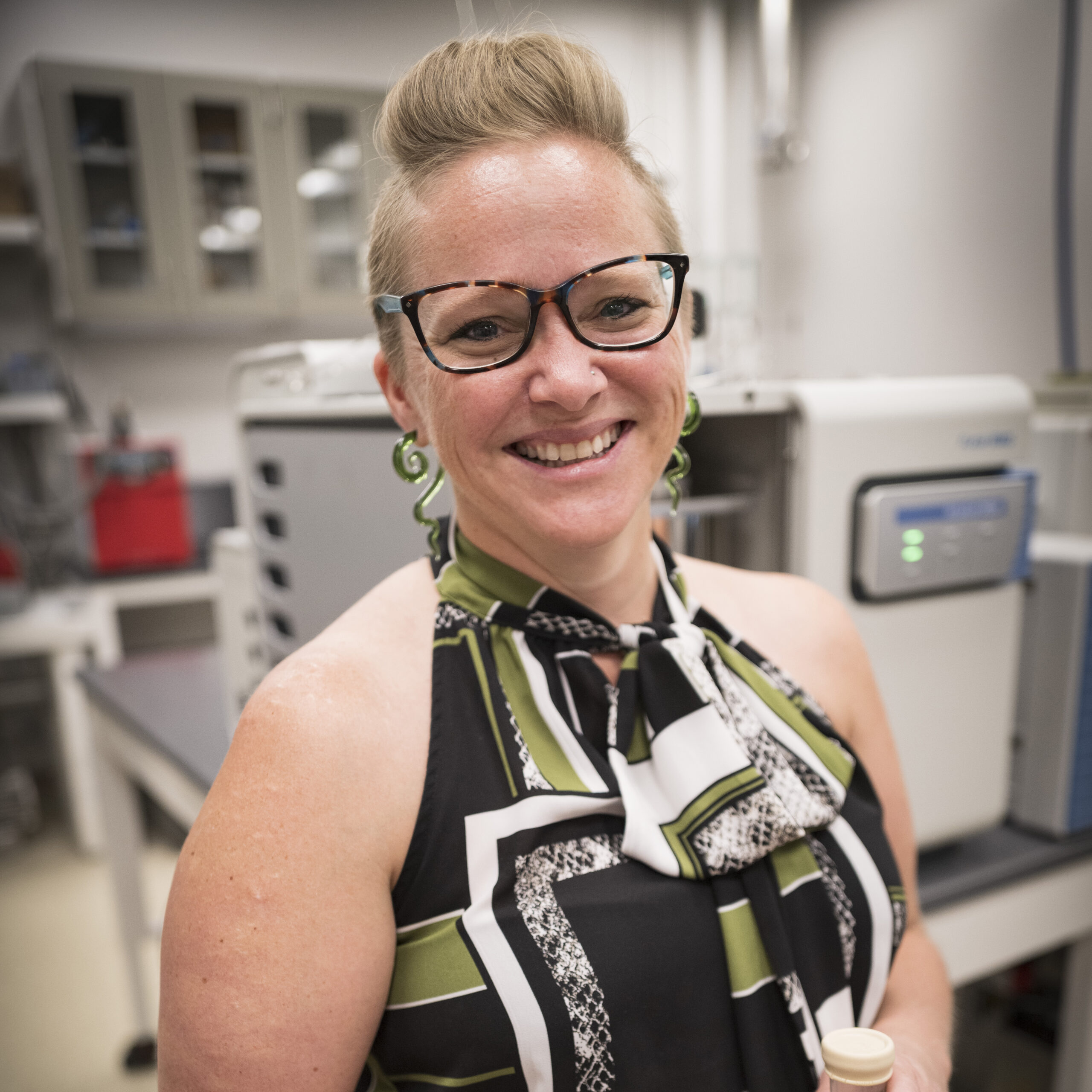
Bethany Theiling is a planetary research scientist at NASA’s Goddard Space Flight Center in Greenbelt, Maryland. Name: Bethany TheilingFormal Job Classification: Planetary research scientistOrganization: Planetary Environment Laboratory, Science Directorate (Code 699) What do you do and what is most interesting about your role here at Goddard? How do you help support Goddard’s mission? I am…